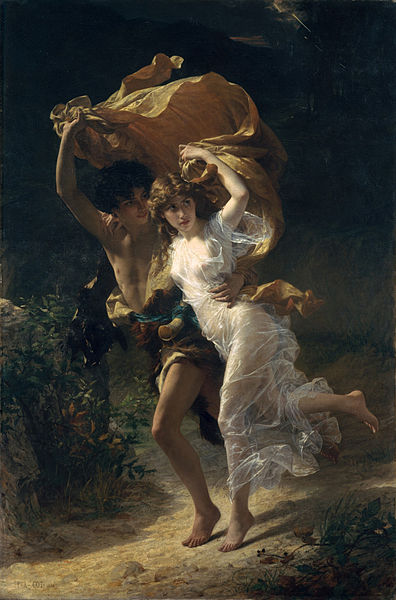Red Wolf Journal Issue 7 (Fall 2015)
Our theme: “Making Art”

Cover art: Jan Davidsz de Heem, Still Life with Oysters and Lemon
The poet, like the painter, needs to dwell in worldly things. As poets, you are engaged with language– words that often express relationships. As a person I am terribly interested in how we interact with objects. Their role is to anchor us in a personal and collective history. Art commemorates this such as through a still life painting. Our cover of Dutch painter Jan Davidsz de Heem’s painting, Still Life with Oysters and Lemon, was the subject of contemplation by American poet Mark Doty—how art stages a dialogue with reflexivity and represents pleasures of shapes, colors, textures and tastes, all held in “the generous light binding together the fragrant and flavorful productions of vineyard, marsh and orchard”. How does art move us? When we take in the lushness of the oysters, the transparency of the grapes, the tangy curls of lemon, Doty says we’re moved into “some realm where it isn’t a thing at all but something just on the edge of dissolving. Into what? Tears, gladness…Taken far inside.” Art holds us there, to be instructed, held in intimacy as it were, in an experience of tenderness, of warmth and presence.
Likewise good poems give us resonating images. The poet brings to his art a making of connections, yoking subjectivity to objects. In bringing memory and desire to the surfaces of things, language transforms objects into stories. A good poem dives into the interior. The past is often in the present. All is heightened awareness and ultimately the poem delves and then brings readers into something greater than their own consciousness. What making art does. It transcends the personal into a kind of impersonality which is Truth, which is God.
So in this issue, we invite poems that make art. You may interpret it however you wish—ekphrastic poems? Yes we love that. But not only that. Poems that have startling imagery. Poems that lay bare the process of making art. Poems that embody a certain aesthetic. Even haikus. (Coming from one who hardly writes haikus.) To me the best poems are the ones that reflect the aesthetic of your soul. To paraphrase Doty, “what stands before darkness stands close together” and is ultimately unparaphrasable.
Poems that treat objects as subjects. But are they really? Isn’t the perceiver the real subject? When you describe, what you describe then is “consciousness, the mind playing over the world of matter, finding there a glass various and lustrous enough to reflect back the complexities of the self that’s doing the looking” (Mark Doty, The Art of Description: World Into Word, 2010). How wondrous art is, and how one may find true solace in art.
***
Interpret the theme however you wish. Submit poems to us by email here.
SUBMISSION DEADLINE IS 25 OCTOBER 2015. SUBMISSIONS CLOSED.
Please review the submission guidelines and then send us your poems in the body of an email.
Poems will be published in ongoing posts on this site. Each posting will be announced on the Red Wolf Journal page on Facebook. Your poem may be published at any time from August to October 2015 so please check back here. If you do not see your poem(s) appear, you may deem it as not accepted for publication. We will not be sending out any acceptance or rejection letters.
The entire collection will be released in PDF format in due course. An announcement will be made at that point.
Regards,
Irene Toh and Tawnya Smith
Fall 2015 Editors






